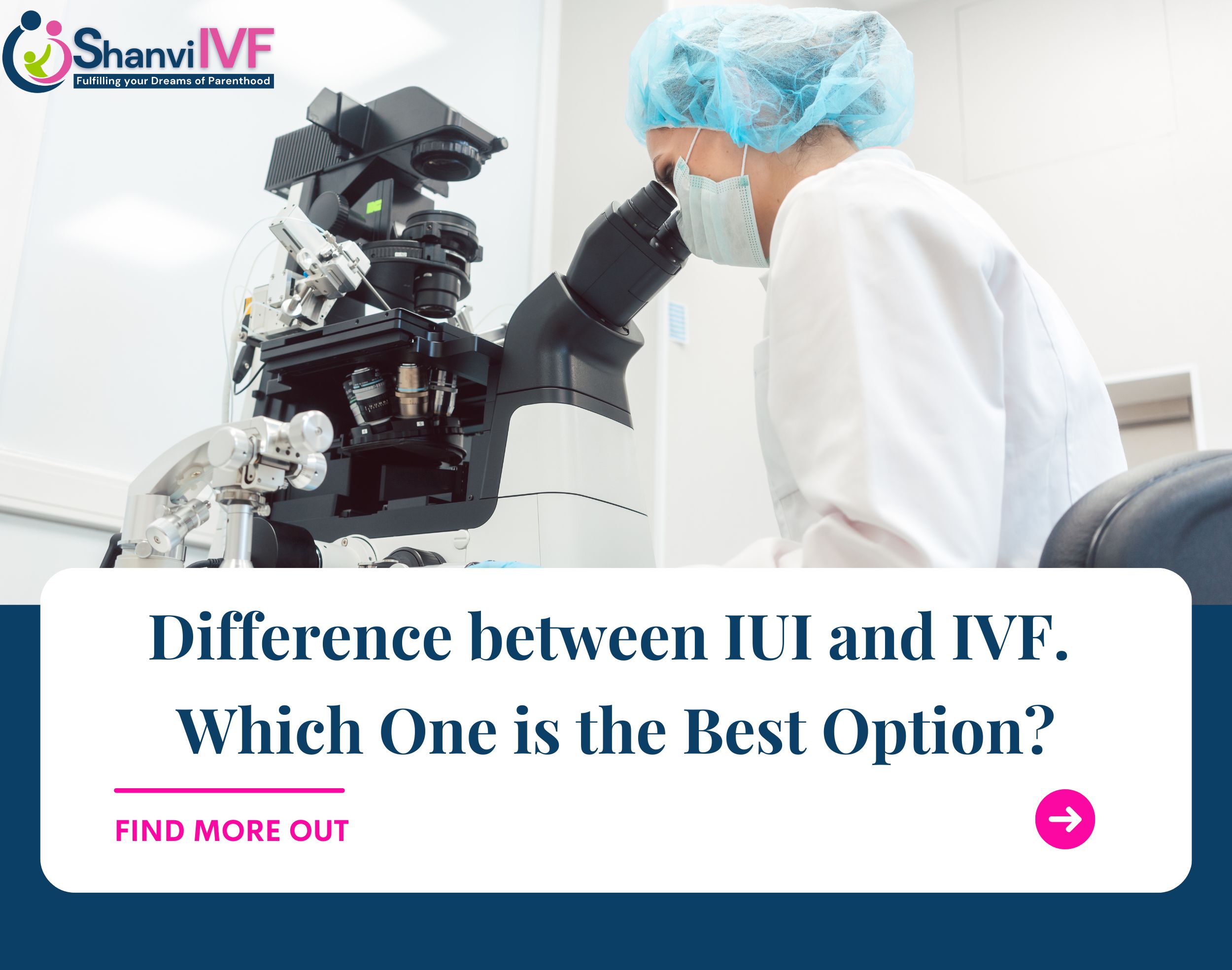
Intrauterine insemination (IUI) and in vitro fertilization (IVF) are two commonly used methods of assisted reproduction. They both aim to increase the chances of conception for couples experiencing infertility. Each procedure has its own specific indications, procedures, success rates, and costs, and the best option depends on individual circumstances.
Intrauterine Insemination (IUI)
- Procedure: IUI is a simple fertility treatment that involves placing sperm directly into a woman’s uterus around the time she is ovulating, to help the sperm get closer to the egg. This procedure is less invasive and less expensive than IVF. It can be performed with or without fertility drugs to increase the number of available eggs.
- Indications: IUI is often recommended for couples with unexplained infertility, mild male factor infertility, or women with cervical mucus problems. It is also used in cases where donor sperm is being used.
- Success Rates: The success rate of IUI varies depending on factors like the age of the woman, the underlying fertility issues, and whether fertility drugs were used. Generally, the success rates per cycle can range from 5-20%.
- Cost: IUI is typically less expensive than IVF. The cost may include the procedure itself, medication, and monitoring, but it is still more affordable than IVF.
In Vitro Fertilization (IVF)
- Procedure: IVF treatment in Agra is a more complex procedure that involves stimulating a woman’s ovaries with fertility drugs to produce multiple eggs, retrieving the eggs from the ovaries, fertilizing them with sperm in a lab, and then implanting the resulting embryos into the woman’s uterus.
- Indications: IVF is recommended for a wider range of fertility problems, including severe male factor infertility, tubal factor infertility, endometriosis, and for couples who have not had success with other treatments like IUI.
- Success Rates: IVF generally has higher success rates than IUI, especially for older women or those with certain types of fertility issues. The success rate can vary, but it may range from 20-40% per cycle.
- Cost: IVF is significantly more expensive than IUI. This is due to the complexity of the procedure, the use of fertility drugs, egg retrieval surgery, lab fertilization, and embryo transfer.
Comparing IUI and IVF
While iui treatment Agra is less invasive and more affordable, it is generally less effective than IVF. IVF has higher success rates per cycle, particularly for women over the age of 35 or for those with certain types of fertility issues. However, IVF is more expensive, requires more medications and monitoring, and involves a surgical procedure to retrieve eggs.
Which One is the Best Option?
The best option between IUI and IVF depends on individual factors including:
- The age of the woman
- The fertility issue(s) present
- How long the couple has been trying to conceive
- Previous fertility treatments
- The couple’s budget and insurance coverage
For some couples, starting with IUI makes sense because it’s less invasive and less expensive. If IUI is unsuccessful after several attempts, or if there are more serious fertility issues, moving on to IVF might be recommended.
Consulting with a fertility specialist is crucial, as they can provide a thorough evaluation and tailor the treatment plan to the couple’s specific needs. It’s also important to consider the emotional and physical toll of fertility treatments, as well as the financial implications.
Ultimately, there is no one-size-fits-all answer to which fertility treatment is the best. It’s a deeply personal decision that should be made after considering all the factors involved and in consultation with medical professionals.
Conclusion
Both IUI and IVF are valuable techniques in overcoming infertility, but they serve different purposes and are suited to different situations. There is no one-size-fits-all answer to which is best; the decision must be made on a case-by-case basis with professional medical advice. What is most important is understanding your options, considering the success rates, costs, and invasiveness of each procedure, and making the choice that aligns with your personal circumstances and fertility goals.


